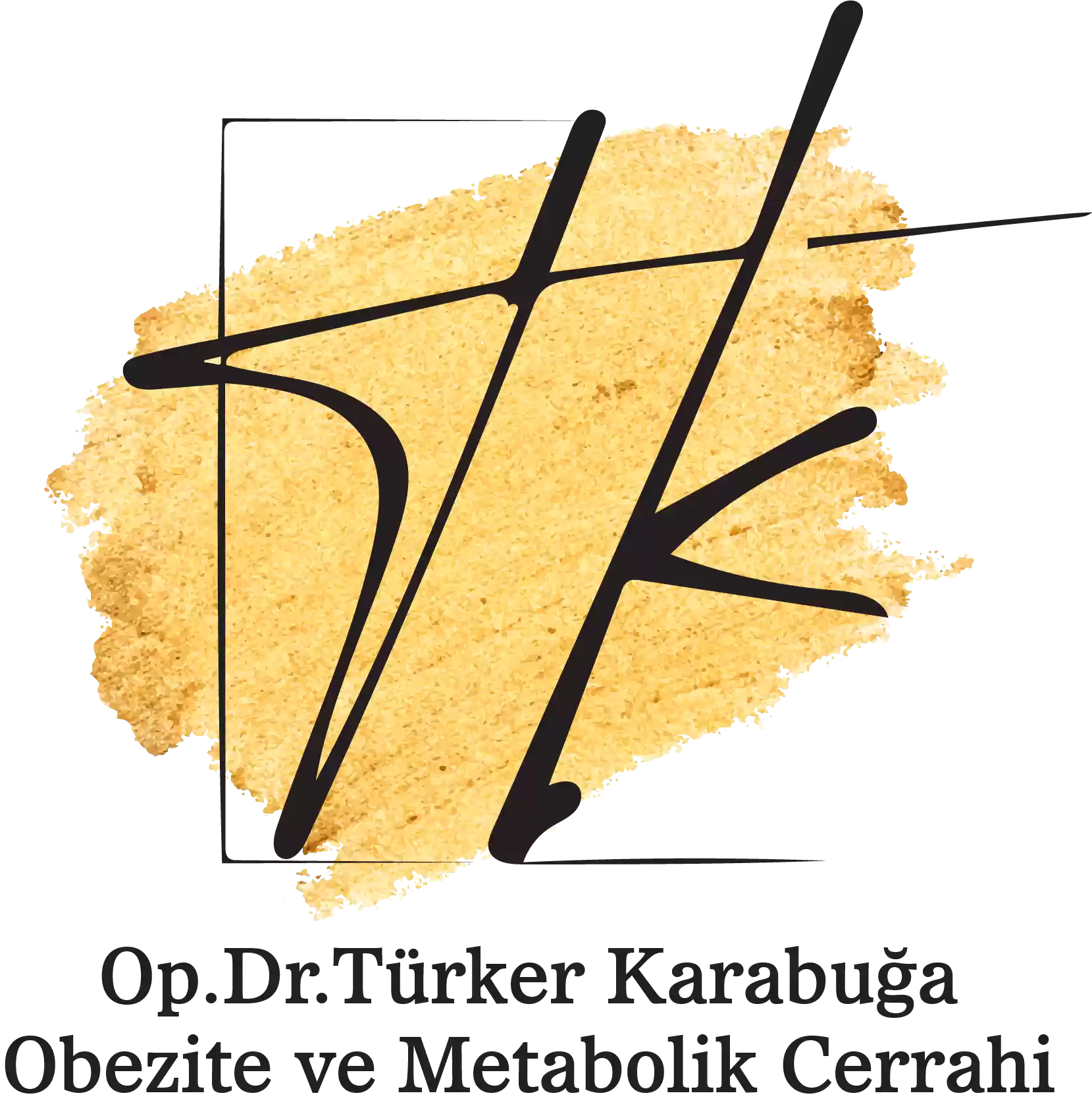Gastric ballooning is the process of placing a balloon inside the stomach for a certain period of time to accelerate weight loss. Gastric ballooning is not a surgical procedure. A balloon is inserted into the stomach through endoscopy and then inflated depending on the volume of the stomach. In the swallowable gastric balloon; the balloon is swallowed as a capsule and inflated in the stomach with the help of a catheter and controlled by X-ray. In this way, the person who has a gastric balloon should change their eating habits and support them with exercise. The advantages and disadvantages of the gastric balloon and whether it is suitable for the person are determined.
What is a gastric balloon?
With a gastric balloon, a balloon is inserted into the person's stomach and in this way the person's stomach is partially filled. In this way, the person's eating habits change. Gastric balloon is used in the treatment of obesity and when necessary to accelerate weight loss. The gastric balloon may not be effective alone. Weight loss can be achieved with diet and exercise.
How is the Gastric Balloon Applied?
Endoscopic gastric balloon is performed by a specialist and the following steps are applied.
Through the patient's throat, a balloon is inserted into the stomach using an endoscopy tool.
Once the balloon is placed in the stomach, it is inflated using gas or liquid. The size of the balloon can be adjusted according to the patient's needs and the capacity of their stomach.
It may take 20-30 minutes to inflate the gastric balloon. When the balloon is fully inflated, the patient's stomach is approximately 50 to 70 percent full.
Who Can Have a Gastric Balloon?
Gastric balloon application may be an option for people who want weight loss but cannot get enough results with diet and exercise. Gastric balloon is a viable treatment for obesity patients. People with a body mass index above 35 can have gastric balloon treatment.
How is a gastric balloon inserted?
The gastric balloon is performed by inducing drowsiness in the patient with an endoscopy device. The gastric balloon is inserted into the patient's stomach through the esophagus. It is then inflated to cover a certain part of the stomach. This fluid does not harm the body. This procedure takes 15-20 minutes in total. The patient can be discharged after a few hours.
What are the Types of Endoscopic Gastric Balloon?
Gastric balloon types actually have the same structure, but vary according to the duration of stay in the stomach and the way it is applied. Gastric balloon types are selected according to the needs of the patient and the purpose of treatment.
Fixed volume balloons: It has a certain volume and cannot be changed afterwards. They stay in the stomach for up to 6 months.
Adjustable gastric balloon: After being sent to the stomach, the balloon can be adjusted according to the volume of the stomach. The volume of the gastric balloon can be changed during the process.


What are the Advantages of Gastric Balloon?
Advantages of gastric balloon can be listed as follows.
Gastric balloon is not a surgical procedure. Since there is no risk of surgery, you can return home after the procedure.
After the gastric balloon is placed, patients start to lose weight rapidly within a few weeks.
Gastric balloon can be combined with diet and exercise.
The gastric balloon is less risky than other weight loss methods.
What are the Disadvantages of Gastric Balloon?
The gastric balloon may have some disadvantages. These are as follows.
Patients may experience vomiting and nausea for a few days after the gastric balloon.
Temporary side effects such as stomach pain, indigestion, bloating, headache may occur.
After the gastric balloon, a change in diet should definitely be made.
Gastric balloon is a temporary solution. It stays in the stomach for 6-12 months and it is important to maintain weight after removal.
Since it is a temporary method, it is less effective. It does not provide a solution alone compared to other methods.
What are the harms of gastric balloon?
Gastric balloon harms can manifest themselves with nausea and stomach pain. After the gastric balloon is placed, it can cause inflammation in the stomach. The gastric balloon can cause infections by leaking inside. Rarely, after gastric balloon placement, stomach ulcers can occur. After gastric balloon placement, people may have nutritional problems. They may feel a feeling of over-saturation or heartburn, especially immediately after meals.
What are the Risks of Gastric Balloon?
Gastric balloon is a method with risks. It is a method of both obesity treatment and accelerating the weight loss process. The gastric balloon can block the passage of food by blocking the stomach outlet. There is a risk of infection in the stomach. The balloon placed in the stomach can leak. It can also cause inflammation.
Diet after Gastric Balloon
After gastric balloon placement, diet is very important. Because the gastric balloon reduces the amount of food that can fit in the stomach and therefore reduces the daily calorie intake. After gastric balloon placement, people need to eat smaller portions. Meals should include protein, fiber and carbohydrates. After gastric balloon placement, people should reduce their fluid consumption, especially before and after meals. It is important to chew food well, eat slowly and consume regular meals. Fat and sugar should be avoided and high protein foods should be consumed.
Gastric Balloon Prices
Gastric balloon prices may vary according to the health problems of the person. It varies according to the experience and experience of the doctor, the duration of the procedure, which gastric balloon is used, and the service provided by the place where the procedure is performed. Gastric balloon is not a surgical operation. Do not forget to consult your doctor to get information about gastric balloon prices.








